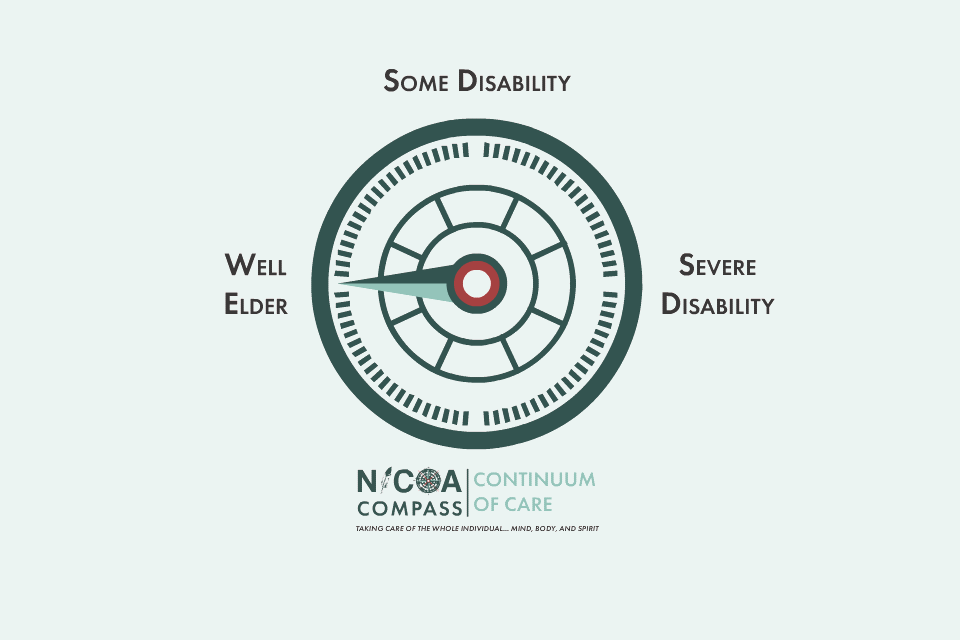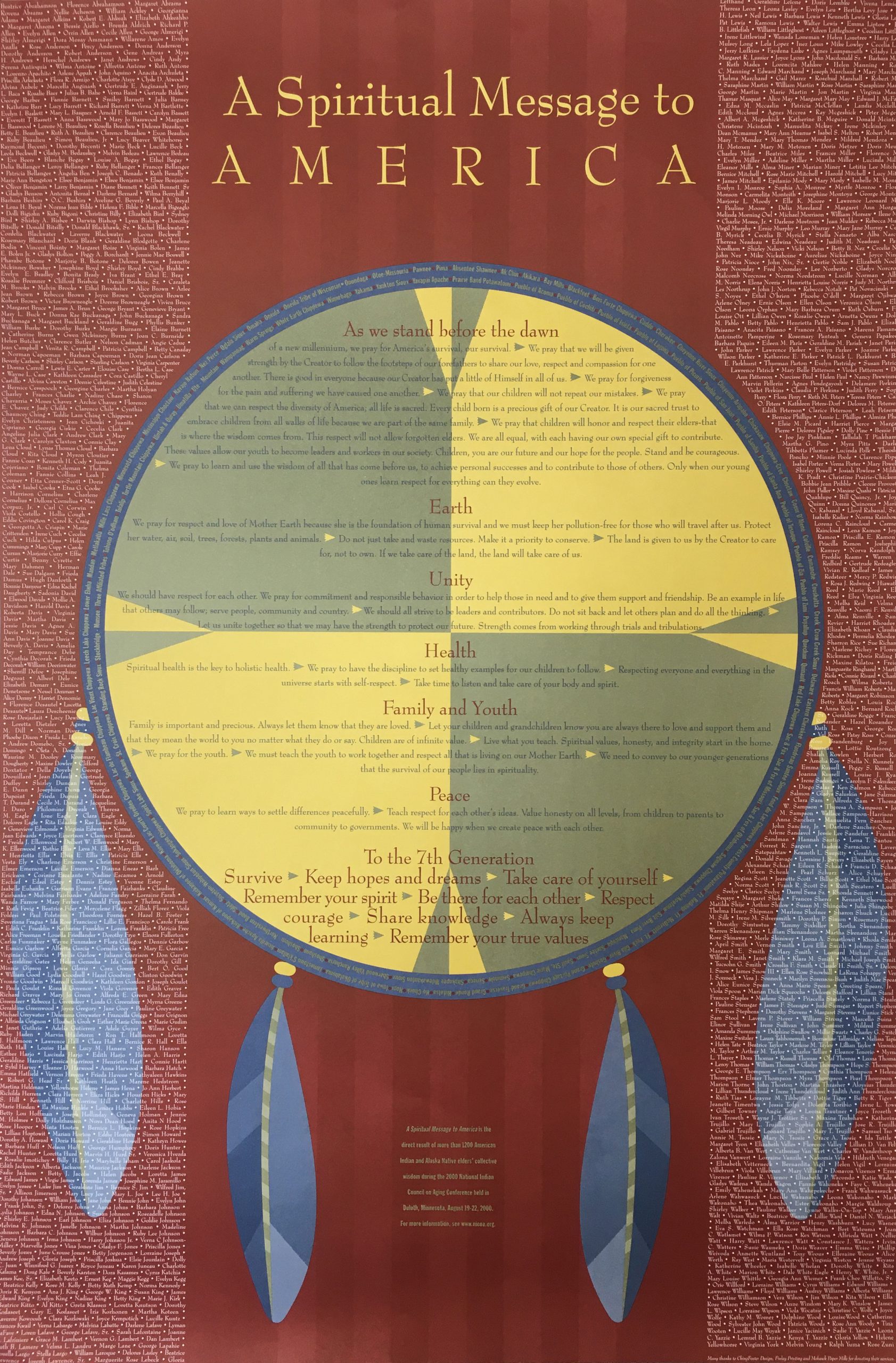What is
Long-Term Services and Support?
Long-Term Services and Support acknowledges the broad expanse of a person’s existence. All parts of the individual’s journey through life are interdependent and include their physical, mental, social, and spiritual wellbeing. The National Indian Council on Aging‘s role is to respond to the whole person and their needs and ensure that all parts of their being are addressed. Moreover, this concept embraces the American Indian approach to addressing the whole person — whether well or disabled.
As elders age they want to keep their independence. Long-Term Services and Support provide the tools they need to continue living their life as fully as possible. Some examples of LTSS can include help with walking, eating, and bathing. The goal of LTSS is to provide a high quality of life and the option to age as the elder chooses, either in their home or in a facility.
Our Mission
Our mission is to provide comprehensive data and resources on elder services, policies designed to assist tribal elders, providers and tribal leadership with information to improve the lives of tribal elders.
An Introduction to Long-Term Services and Support
Older American Indians and Alaska Natives are a rapidly growing population group. According to the Administration on Aging, the number of Native people 65 and older is projected to increase by nearly 75 percent between 2010 and 2020. While tribes may consider elderhood as beginning at a different age, this website defines “older adults” as age 65 and older because Medicare eligibility begins at 65 and many national statistics (like the U.S. Census) use age 65 as a cutoff.
Overall, American Indian and Alaska Native populations experience some of the highest rates of chronic disease and disability in the U.S. Due to an increase in the Native elder population, as well as the high level of disability within this population, tribal communities are experiencing an increased need for long-term services and supports for elders and tribal members with disabilities. Click here for a list of informative PDFs addressing the specific elements of LTSS.


